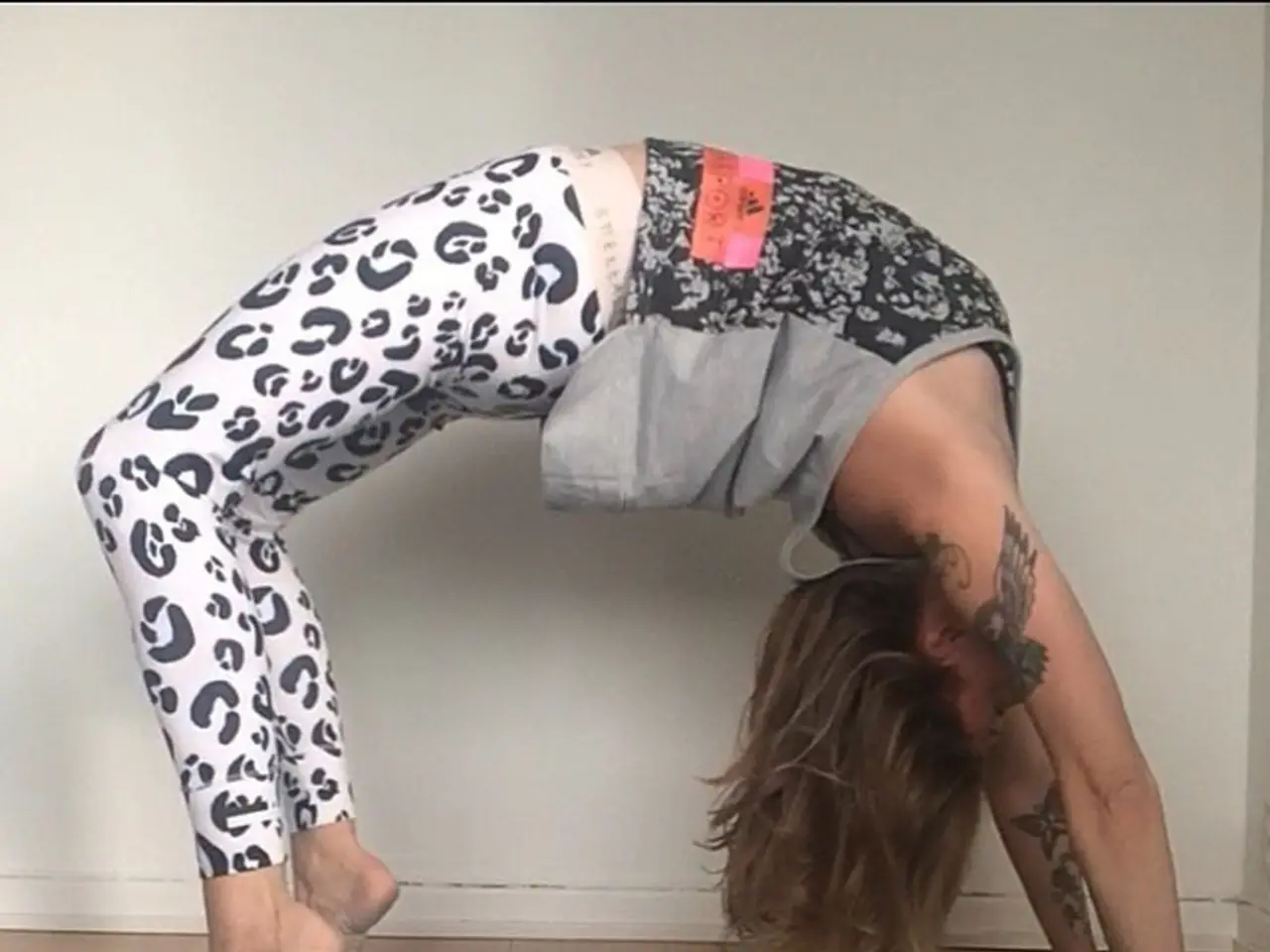Experienced physical therapist reveals that he suffered from recurring lower back pain for a span of two years before he stumbled upon a specific exercise that provided relief
Physical therapist Sanjit Kooner, who suffered from persistent back pain for years, has discovered a move that he believes could be a game-changer for those experiencing similar discomfort - the reverse Jefferson curl. This exercise, which involves a slow and deliberate rolling of the spine against gravity, has been found to be particularly effective for pain related to tissue obstruction, segmental stiffness, or lack of posterior chain control.
For beginners, performing the reverse Jefferson curl should be done with hands supporting hips against a wall. As comfort increases, resistance can be gradually added, with Kooner suggesting a maximum of 15lbs even at advanced stages. It's important to maintain a neutral cervical spine by keeping the chin tucked slightly and engaging the core muscles gently to support the spine during movement.
The reverse Jefferson curl is beneficial for improving spinal flexion strength and control, often neglected in rehab and training programs. This exercise stretches and strengthens the muscles in the back, helping to combat back pain as it improves mobility, flexibility, and deals with stiffness. The spine, designed to move and bear load in all directions, makes exercises like the reverse Jefferson curl particularly beneficial.
Kooner tried various treatments, including massage therapy and visiting other physical therapists, but nothing helped. After consistently performing the reverse Jefferson curl for a couple of months, he noticed significant improvements in his back pain. He now demonstrates the exercise in an Instagram reel, providing extra tips for performing it correctly.
It's crucial to perform the reverse Jefferson curl with correct form to avoid injury. Start light or with just bodyweight until you build tolerance, and avoid any sharp pain or discomfort during the exercise. If you have a history of spinal injury, disc issues, or severe back pain, consult a healthcare professional before attempting this movement. Do not overextend or hyperflex your lower back; maintain natural spinal curves and avoid forcing the motion.
Maintain steady, controlled breathing to avoid tension and facilitate relaxation. Perform the reverse Jefferson curl up to 10 repetitions, performed four to six times per day. If the exercise causes pain, it should not be continued. Initially, focus on segmental spinal control with no weight, slow tempo, and small range.
The reverse Jefferson curl can help improve spinal mobility and relieve back pain by gently increasing flexion-extension tolerance using slow, segmented spinal articulation. For those suffering from chronic back pain, this exercise could be a promising addition to their rehabilitation and training routine. However, it's always advisable to consult a healthcare professional before starting any new exercise regimen.
The reverse Jefferson curl, a beneficial exercise for health-and-wellness, incorporates scientific principles to target back pain issues, such as tissue obstruction and segmental stiffness. As one progresses in fitness-and-exercise, therapies-and-treatments like yoga or massage therapy can complement this move, enhancing overall health and wellness.




